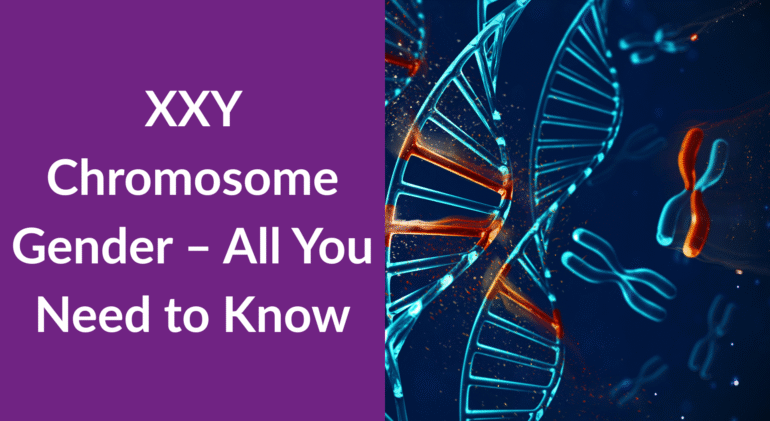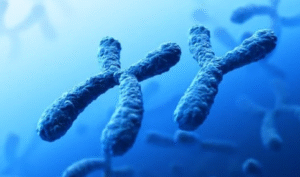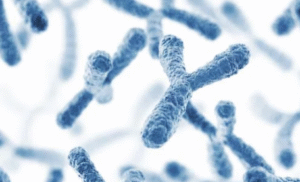
XXY Chromosome Gender – All You Need to Know
Understanding XXY chromosome variations, often associated with Klinefelter syndrome, helps provide clarity about genetic, physical, and gender identity aspects.
Chromosomal Abnormalities XXY

Typically, humans have 46 chromosomes, including two sex chromosomes (XY in males, XX in females). The XXY chromosomal abnormality, known as Klinefelter syndrome, occurs when males inherit an extra X chromosome, resulting in 47 chromosomes (47,XXY). This genetic variation is not inherited but rather arises randomly during reproductive cell formation (eggs or sperm) or early fetal development.
Symptoms of Klinefelter Syndrome
| Category | Features |
| Physical | Tall stature, long limbs, small firm testes, gynecomastia, low muscle tone, sparse body/facial hair |
| Reproductive | Low testosterone (hypogonadism), delayed puberty, infertility or reduced sperm production |
| Cognitive & Behavioral | Learning disabilities, speech delays, attention challenges, emotional immaturity |
| Health Risks | Osteoporosis, type 2 diabetes, metabolic syndrome, increased risk of autoimmune disorders and male breast cancer |
Physical Symptoms
- Tall stature with longer limbs
- Small, firm testes
- Reduced muscle mass
- Less facial and body hair
- Gynecomastia (enlarged breast tissue)
Reproductive Symptoms

- Reduced testosterone production (hypogonadism)
- Delayed puberty
- Infertility or reduced sperm count
Cognitive and Behavioral Symptoms
- Learning disabilities
- Speech and language delays
- Difficulties in social interactions
- Emotional immaturity and anxiety
Associated Health Risks
- Increased risk of osteoporosis
- Higher incidence of type 2 diabetes and metabolic syndrome
- Elevated risk for autoimmune diseases
- Rare increased risk of male breast cancer
Cause of Klinefelter Syndrome
Klinefelter syndrome is caused by the presence of an extra X chromosome. This occurs due to a random error during cell division, called nondisjunction, which can happen during the formation of the reproductive cells or early fetal development. The extra genetic material disrupts normal testicular function, leading to decreased testosterone levels and associated symptoms.
Gender Identity and XXY Chromosome
While XXY individuals are genetically male due to the presence of the Y chromosome, gender identity among XXY individuals can vary. Not all individuals with an XXY chromosome combination identify strictly as male. Research indicates that some individuals may identify as female, non-binary, or intersex. This underscores the important distinction between biological sex determined by chromosomes and personal gender identity.
Diagnosis and Management
Diagnostic Methods
- Karyotyping (chromosome analysis)
- Hormone tests (testosterone, FSH, LH levels)
- Semen analysis for fertility assessment
Treatment Options
- Testosterone Replacement Therapy (TRT): Enhances physical development, mood stabilization, and overall well-being.
- Fertility Treatments: Assisted reproductive technologies, such as IVF or intracytoplasmic sperm injection (ICSI), can help some individuals conceive.
- Supportive Therapies: Including speech, educational, psychological, and physical therapy to manage developmental delays and social challenges.
Living with XXY Chromosome Variation

Most individuals with Klinefelter syndrome live fulfilling lives with appropriate medical care, support, and understanding. Early diagnosis and tailored interventions significantly enhance the quality of life and health outcomes.
Conclusion
Klinefelter syndrome (XXY chromosome abnormality) presents diverse physical, reproductive, and psychosocial characteristics. With increased awareness, comprehensive medical care, and supportive environments, individuals with XXY chromosomes can thrive socially, emotionally, and physically.





